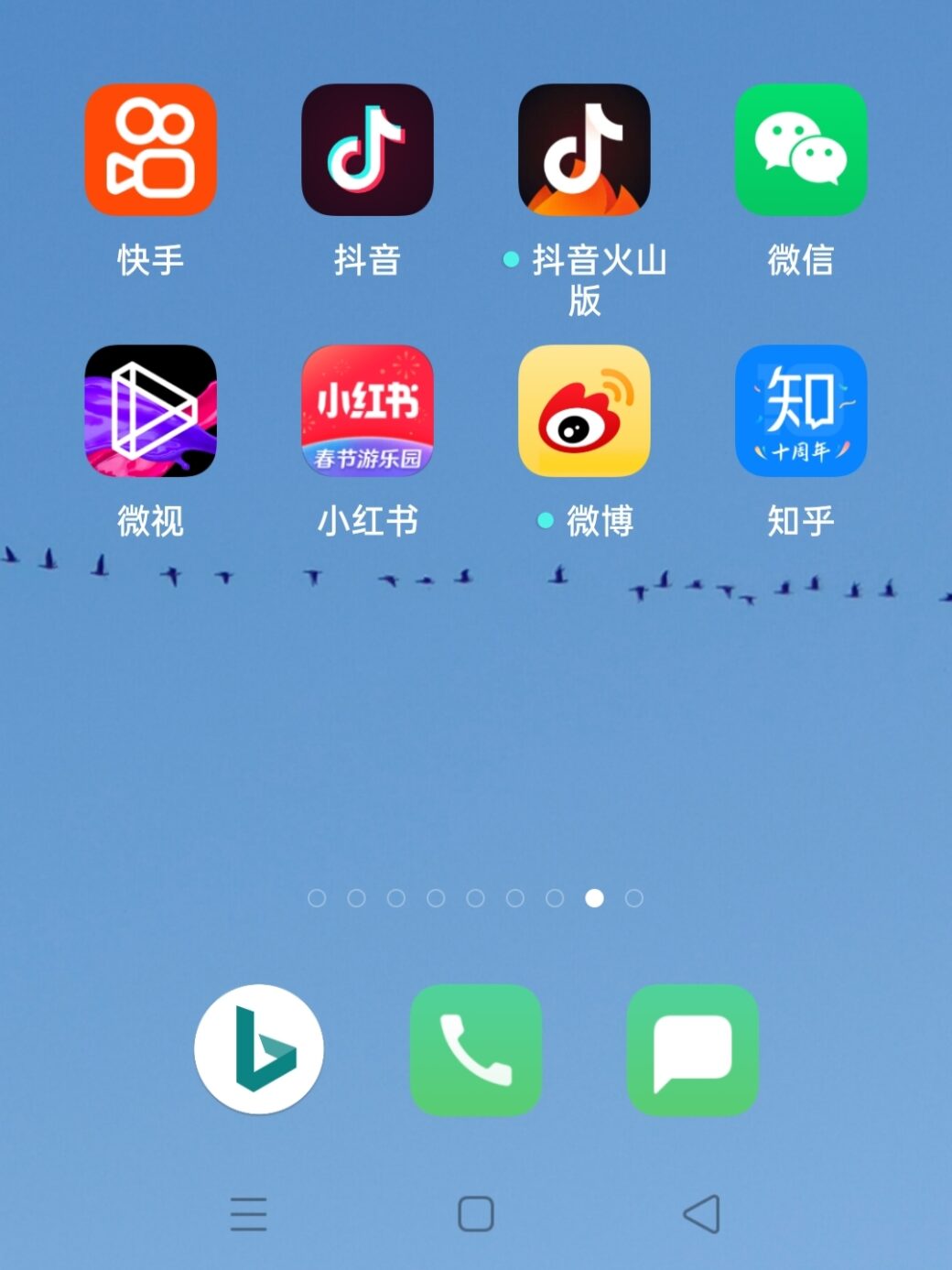Whopping number of active monthly users: 200 million plus; Generation Z; urban, fashionable, free-spirit; economically well-off, independent, pursuing high quality of life, are some of the characteristics of these users. These all look very tempting to be a business’ target consumers.
Easy to use integrated platform: publishing, sharing and collecting articles, photos and videos; virtual mall to sell products; pop-up stores to do instant sales; livestreaming; B2C advertisements with algorithm behind the platform targeting the right audiences, etc. are some of the functions that businesses big or small can utilize. However, for overseas businesses, perhaps the most desirable factor is that Xiaohongshu makes it easy for businesses to open and hold their own businesses accounts with very little restriction, unlike Wechat.
Before you jump in with both feet to open your account at Xiaohongshu, there is one biggest barrier: language requirement. The app can be downloaded from Google Play or iPhone app store. You can use a North American cellphone number to create an account. Depending on the language setting of your phone, the interface can be in English or Chinese. But that’s not enough though. Its English interface is not ideal, mixed Chinese and English together.
The reality is that, the audiences are mostly Chinese language users, even if you are targeting Chinese Canadian here in Canada, they still prefer the content created in Chinese language.
Here is an example of Mike Hurley, the current mayor of City of Burnaby’s account at Xiaohongshu. He is actively engaging with the Chinese community by posting regularly the things happening in the city hall. The comments under his posts indicate that people are pleasantly surprised by the fact that he even has a Xiaohongshu account. His posts sometimes are written in Simplified Chinese, and sometimes in Traditional Chinese font, so it is likely that they were written by different staffers, but it does not matter because people who read these do understand both written forms although they might not be able to write the one that they were not taught at school. The videos were all in English but with Chinese translations of the headlines and keywords in the text.
So far, it seems that this strategy works. As a municipal political figure on behalf of the city, although the postings are not frequent, perhaps once or twice a month, with average 100 words per post, he does get people’s attention without putting in too much effort.

But that’s about it. Language barriers are stopping businesses from tapping into this great app and the huge audience it is reaching. If you search users within the app, probably you may not be able to find a lot of familiar businesses holding their accounts at Xiaohongshu.
However, if you search the contents – i.e. the posts, there are numerous about the businesses here, literally every expect of the commerce: retail, fashion, food, dining, travel, education, finance, pets, sports, etc. These posts are arranged in the way of best targeting audiences’ interests (big data in behind), and those who have the most “likes” are served to the front. Typically, the “how to” posts are popular, just like in any other social media platforms, but Xiaohongshu is more popular among female users.
So, although language barrier exists, there’s easy work-around by utilizing local influencers who don’t charge a lot. Chinese communities here in British Columbia love exploring places and hidden stores that are less known. Supporting local businesses makes them feel good.

This lady, shown on the screenshot, does not consider herself a typical influencer because she only has 569 followers. She has other day job, but enjoys sharing good deals at Xiaohongshu. Her post on February 11, 2023 was about sharing her secret spot to buy fresh and cheapest possible apples in a farm store selling animal feed, hay and pet stuff.
Apparently, those apples were not perfectly shaped for grocery stores to sell, but still quite delicious according to the printing on the boxes. So, they were destined to feed calves instead of human. She went there to buy chicken feed and noticed these giant 30-pound boxes sitting on the wooden crates.
This post caught the attention of the netizen – with 146 “likes”, 226 “collected” and 103 comments, many people went to family-run farm store to buy apples, and of course then discovered other interesting things in this barn style place.
I was one of those people. In the past, I didn’t even look twice when I drove by the weathered barn house on Ladner Trunk Road – the signages totally faded! The staffs there were surprised that all of a sudden they saw an influx of Chinese faces coming to buy their apples, that didn’t happen before. They were wondering where they got the fame from? So I showed them this post on Xiaohongshu.
If you know who can be your advocate and talk about your business whole-heartedly at Xiaohongshu, the language barrier is really not that important. And even better, you don’t even have to invest in keeping your own account there. That’s the real essence of using influencers, the ones who build the bridge for you to reach Chinese speaking audience.


